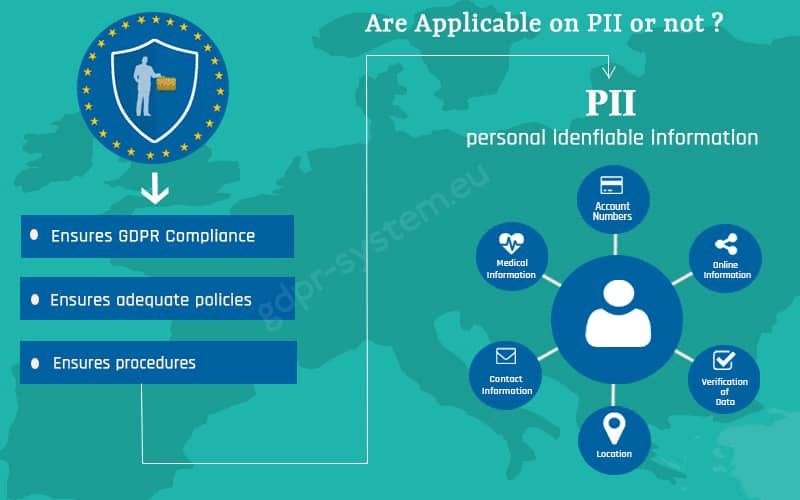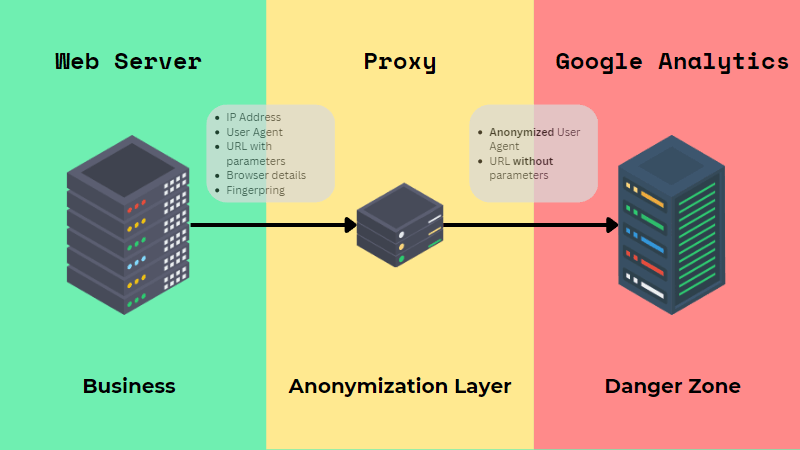Understanding the Ins and Outs of Data Collection Limitations in Google Analytics to Improve Your Insights
Navigating the landscape of information collection within Google Analytics reveals a myriad of intricacies that can substantially impact the insights obtained from your digital analytics. From information tasting in records to the obstacles presented by cross-domain monitoring and the surge of advertisement blockers, each element adds layers of complexity to the precision and depth of the information at your disposal.
Data Sampling in Reports
When analyzing information in Google Analytics, one important aspect to take into consideration is the existence of information sampling in reports, which can impact the precision and dependability of insights obtained from the information. Data tasting is a method made use of to assess a part of data rather than the full dataset.
The ramifications of data sampling can be significant, particularly when making crucial organization decisions based upon the analytics information. Sampling can cause manipulated outcomes and misinterpretations, especially in evaluations needing a granular sight of customer habits or efficiency metrics. To reduce the effect of information sampling, it is crucial to comprehend when sampling takes place, monitor the tasting rate in records, and take into consideration investing in Google Analytics 360, which uses greater processing limitations to lower the need for sampling. By being aware of data tasting in reports, analysts can make even more enlightened decisions based on precise information understandings.
Cross-Domain Tracking Difficulties
Cross-domain tracking presents a complex set of obstacles that can affect the precision and integrity of information aggregation in Google Analytics. Without appropriate arrangement, Google Analytics might translate these interactions as different sessions, leading to data fragmentation and imprecise insights.
Failure to apply these changes correctly can result in information inconsistencies and incomplete monitoring, hindering the capability to understand individual actions perfectly throughout domains. Getting rid of these obstacles needs complete planning, specific application, and continual monitoring to make sure information accuracy and obtain purposeful insights across domains in Google Analytics.
Influence of Ad Blockers
The prevalence of ad blockers positions considerable difficulties to data collection accuracy in Google Analytics. These devices not just obstruct promotions yet can additionally conflict with the monitoring codes made use of by Google Analytics to accumulate information.

To minimize the impact of advertisement blockers on information collection, internet site owners can explore alternate monitoring methods, such as server-side monitoring or implementing permission monitoring tools to encourage users to disable advertisement blockers on their internet sites. By proactively attending to the obstacles posed by ad blockers, services can improve the accuracy of their information collection in Google Analytics and boost their general understanding of individual actions.

Cookie Deletion Results
Occasionally, cookie removal can impact the reliability of information gathered by Google Analytics, influencing the accuracy of website web traffic analysis. Cookies are small pieces of data kept on a user's tool that assistance track their online habits. When users remove cookies, it can interrupt the tracking procedure, resulting in voids in data collection. This can result in manipulated analytics reports, as returning site visitors may be counted as brand-new ones after cookie removal. Furthermore, if a significant variety of users consistently delete cookies, it can make it challenging to track customer trips properly and recognize their interactions with the website. Therefore, organizations might choose based on incomplete or imprecise information, influencing their marketing approaches and total performance assessment. To minimize the effects of cookie deletion, it is important to complement cookie-based information with other tracking techniques, such as server-side monitoring or integrating first-party data resources, to make certain an extra extensive understanding of individual habits.
Information Personal Privacy Rules
Taking into account increasing worries surrounding information personal privacy and security, organizations using Google Analytics should stick to rigid data privacy policies to ensure conformity and guard individual info. Among the crucial guidelines that influence information collection methods is the General Data Protection Policy (GDPR) applied by the European her response Union. GDPR mandates that businesses acquire specific consent from customers before accumulating and refining their individual data. This includes information collected with Google Analytics, such as IP addresses or browsing behavior. In addition, services should provide customers with the alternative to opt-out of tracking mechanisms, better stressing the value of transparency and customer control.
Besides GDPR, there are other data personal privacy guidelines like the California Consumer Privacy Act (CCPA) and the ePrivacy Instruction that companies require to think about company website when using Google Analytics. These guidelines aim to secure user data and provide people much more control over exactly how their info is accumulated and utilized. By abiding and understanding with these information personal privacy policies, organizations can build count on with their individuals and demonstrate a commitment to information protection and personal privacy.
Verdict
To conclude, understanding the restrictions of information collection in Google Analytics is crucial for enhancing understandings. Information tasting in reports, cross-domain tracking obstacles, the influence of advertisement blockers, cookie deletion impacts, and data personal privacy laws all play a role in the accuracy and completeness of the information accumulated. By understanding these limitations and discovering methods to reduce them, services can guarantee they are making informed choices based on reputable information.
When assessing information in Google Analytics, one critical facet to consider is the presence of data tasting in records, which can impact the accuracy and reliability of insights derived from the data. To reduce the impacts of cookie deletion, it is vital to match cookie-based data with other tracking techniques, such as server-side tracking or incorporating first-party information sources, to make sure a more extensive understanding of user habits.

Information tasting in reports, cross-domain tracking difficulties, the influence of advertisement blockers, cookie go to the website removal impacts, and information privacy policies all play a role in the accuracy and completeness of the data gathered.